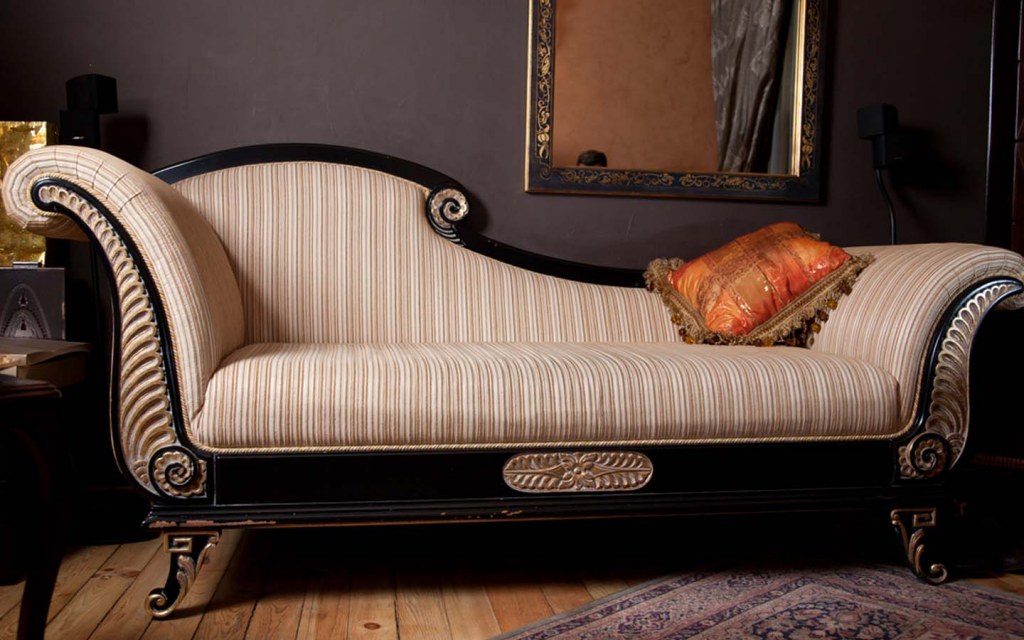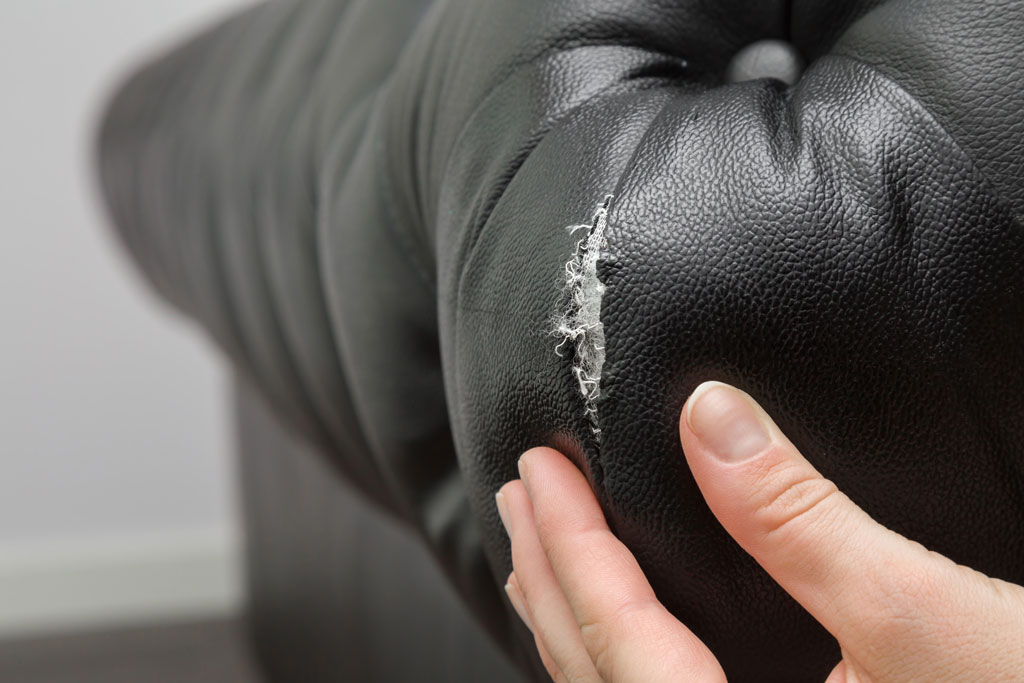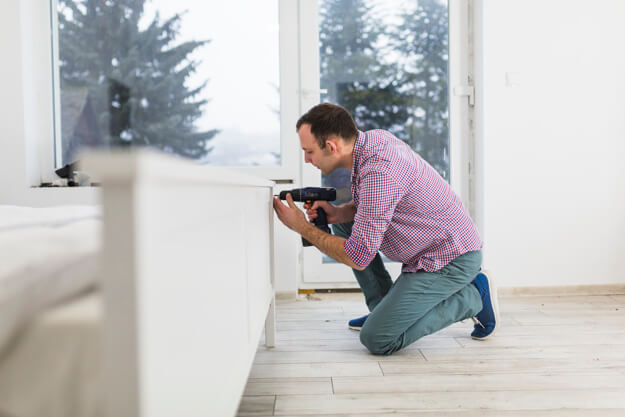At Custom Made Sofa, we understand the frustration of discovering damage to your beloved leather sofa. Whether it’s a small scratch or a tear, the thought of having to replace your entire sofa can be daunting. However, with the right knowledge and tools, many leather sofa damages can be repaired effectively, restoring your sofa to its former glory. In this comprehensive guide, we will walk you through the steps of repairing various types of damage commonly found on leather sofas, empowering you to tackle the issue with confidence.
Assessing the Damage
The first step in repairing a leather sofa is to assess the extent of the damage. Carefully examine the affected area, taking note of any scratches, tears, or discoloration. It’s essential to identify the type of leather used in your sofa, as different types may require different repair techniques. Additionally, consider the age and condition of the sofa, as older leather may be more prone to damage.
Repairing Scratches
Scratches are a common issue faced by leather sofa owners, but they can be relatively easy to repair. Begin by cleaning the area around the scratch with a mild leather cleaner and a soft cloth. Next, apply a small amount of leather filler or repair compound to the scratch, using a spatula or applicator to spread it evenly. Allow the filler to dry completely, then gently sand the area until it is smooth. Finally, apply a leather conditioner to restore moisture and suppleness to the leather.
Fixing Tears and Rips
Tears and rips in leather sofas can be more challenging to repair, but with the right techniques, they can be effectively addressed. Begin by cleaning the area around the tear with a mild leather cleaner, then carefully trim any loose threads or edges. Next, apply a leather adhesive to the edges of the tear, using a small brush or applicator to ensure even coverage. Press the edges of the tear together firmly and hold them in place until the adhesive sets. Once the adhesive has dried, use a leather filler to fill in any gaps or holes, then sand the area smooth and apply a leather conditioner to finish.
Dealing with Discoloration
Discoloration is another common issue faced by leather sofa owners, but it can often be remedied with the right products and techniques. Begin by cleaning the affected area with a mild leather cleaner, then assess the severity of the discoloration. For minor discoloration, a leather dye or color restorer may be sufficient to restore the leather to its original hue. However, for more significant discoloration, it may be necessary to seek professional repair services.
Maintaining Your Leather Sofa
Once you’ve repaired your leather sofa, it’s essential to take steps to prevent future damage and keep your sofa looking its best. Regularly clean and condition your leather to keep it supple and moisturized, and avoid placing it in direct sunlight or near heat sources, which can cause damage and fading. Additionally, consider using leather protectors or covers to shield your sofa from spills and stains.
By following these tips and techniques, you can effectively repair and maintain your leather sofa, prolonging its lifespan and keeping it looking beautiful for years to come. Remember, with the right knowledge and products, even the most damaged leather sofas can be restored to their former glory.







